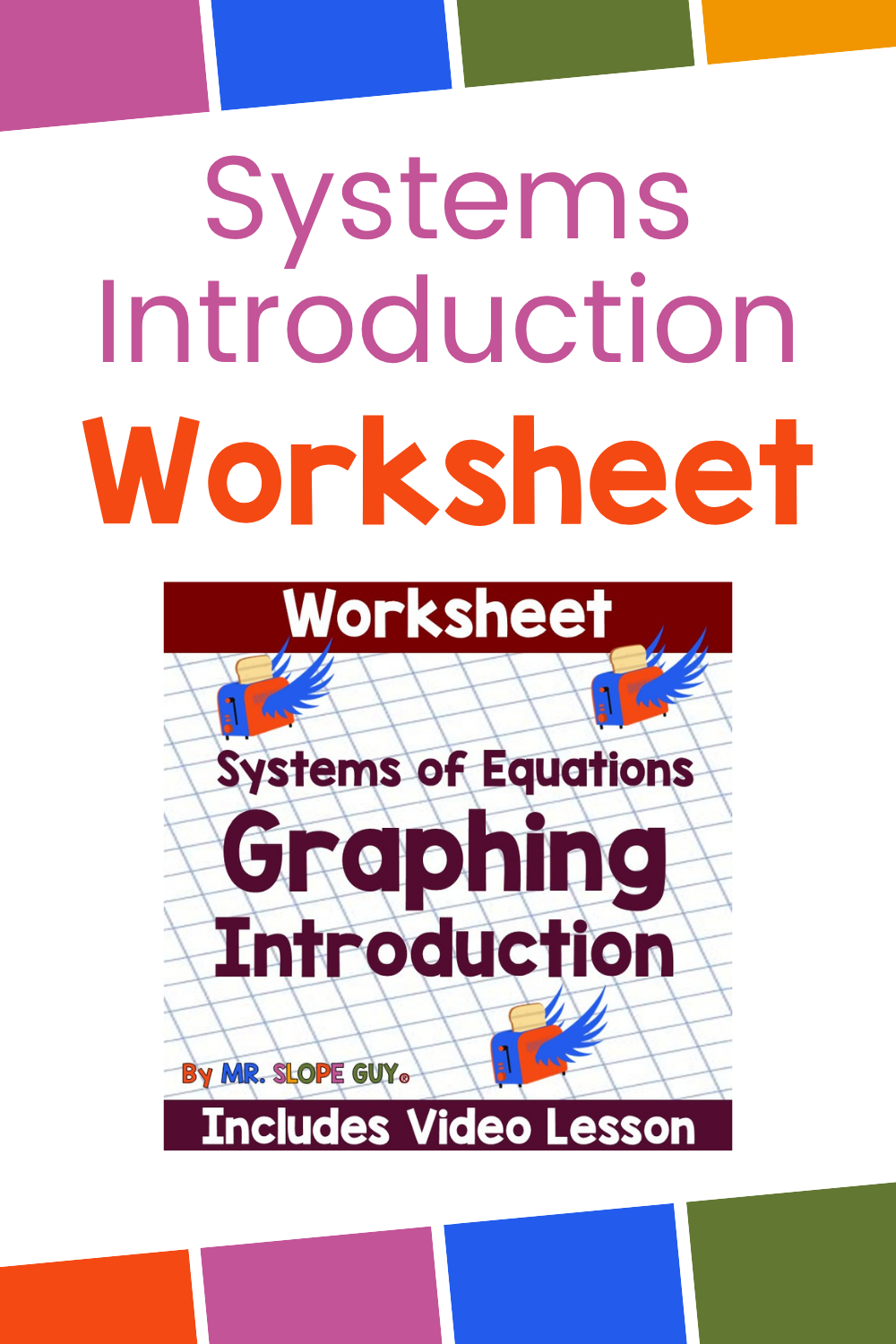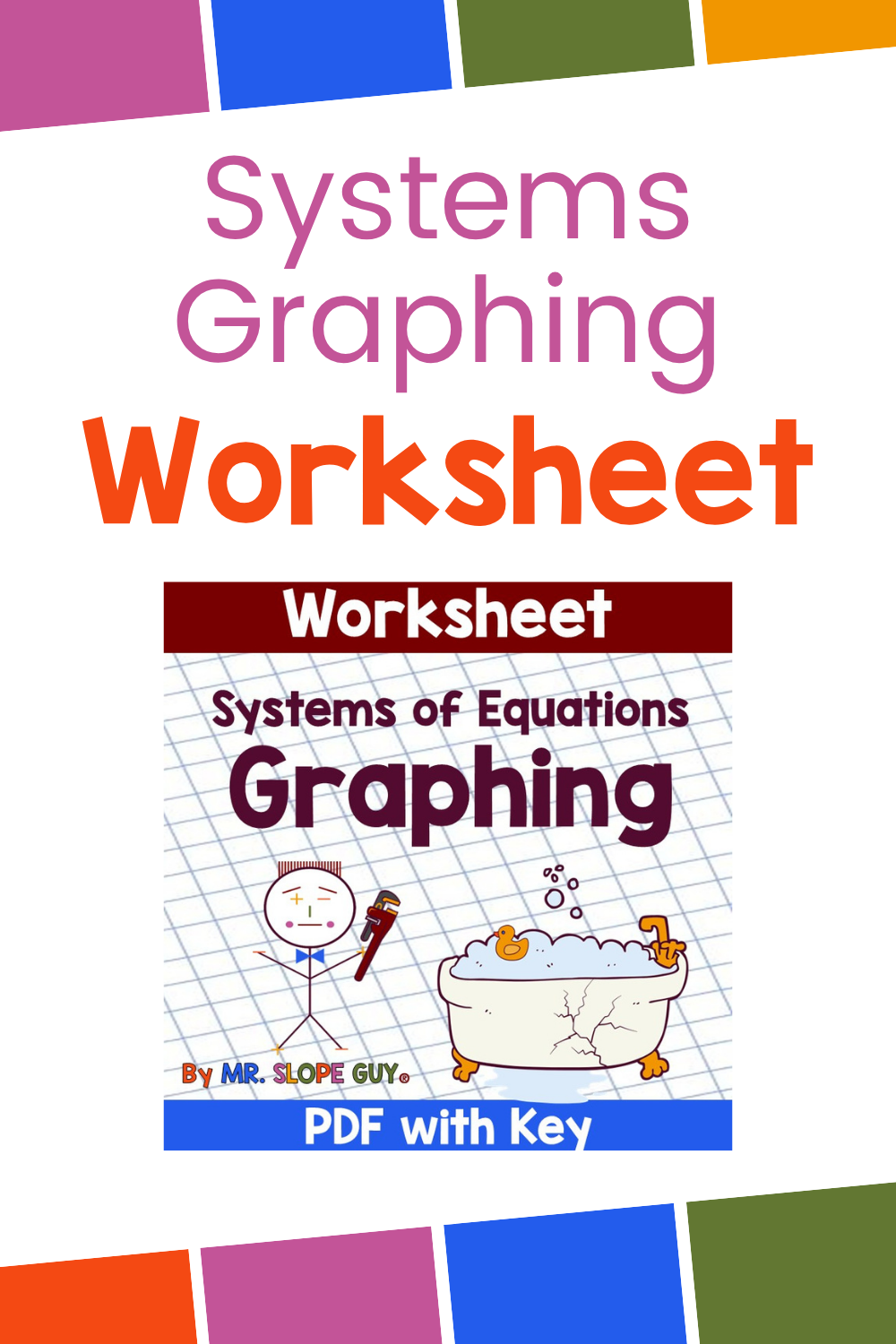X Marks the Spot: Treasure Hunting with Systems of Equations
Ahoy, math teachers! Grab your compass (or graph paper), because it’s time to set sail on one of the most exciting algebra adventures in your curriculum: solving systems of equations by graphing. And just like a treasure map, we’re always searching for that X that marks the spot—the solution where two lines intersect!
But while this treasure might be a pair of coordinates instead of a chest of gold, getting students to see the value in solving systems visually is pure math magic. If you're about to teach systems of equations by graphing, or looking for ways to make your current approach more engaging and effective, this blog will chart your course with insight, humor, and a few helpful teaching tips.
🧭 Why Graphing Comes First: Building Conceptual Foundations
Before diving into substitution or elimination, graphing systems of equations should be your students’ first port of call. Why? Because graphing makes the entire concept visual. It shows students that a "solution" isn't just something you find after isolating a variable—it’s where two equations overlap in real space.
When you show students a pair of equations and then plot them on the same coordinate plane, they get to see whether the lines:
Cross at one point (one solution),
Never meet (no solution), or
Are perfectly stacked on top of each other (infinitely many solutions).
It’s like revealing the plot twist at the end of a movie—they suddenly get what the equations mean.
👉 Tip: Start with equations already in slope-intercept form. It removes one barrier and gets students straight to plotting and interpreting.
🏴☠️ Common Pitfalls on the Path to the Treasure
Of course, no quest is without a few traps and wrong turns. Here are a few classic issues that pop up when students first start graphing systems:
⚓ 1. Slope Slip-Ups
Students often mix up positive and negative slope directions, or confuse rise over run with run over rise (we’ve all seen it!). Spend time reinforcing how slope works visually and graphicly—draw those slope triangles.
🗺️ 2. Sloppy Graphing = Lost Treasure
When students draw wobbly lines without using a straightedge or eyeball the intersection without care, they end up missing the correct solution entirely. Stress precision. “X marks the spot” only works if the spot is where the two lines actually cross.
🧩 3. Mislabeling Lines
If you're using two different colors or dashed/solid lines, make sure students label their equations clearly on the graph. It avoids the classic “I forgot which line is which” error during interpretation.
🧨 4. Forgetting to Check
Many students assume every two lines must cross somewhere. Have them check the solution algebraically or plug it into both equations to confirm.
🕵️♀️ The Three Possible Endings to the Treasure Hunt
Understanding the three possible types of solutions is one of the biggest "aha!" moments in Algebra:
🪙 1. One Solution (X Marks the Spot!)
The lines cross at one point. This is your jackpot moment. Show students how this intersection represents a common solution to both equations—a win in real life and on the graph.
🧱 2. No Solution (Parallel Lines = Empty Chest)
If the lines never cross, there’s no treasure here. Reinforce the concept of same slope, different y-intercept, and you’ve got a quick test for parallel lines and zero solutions.
🌀 3. Infinite Solutions (Same Line = Infinite Treasure?)
This one often blows their minds—two equations can represent the exact same line! Once students spot this, they feel like they've unlocked a secret level in the game of math.
🧠 Wrapping It Up with Some Treasure-Worthy Practice
When graphing is taught with purpose and precision, it becomes more than just another method—it becomes a foundational skill for interpreting algebraic relationships and preparing for real-world modeling.
Looking for a resource to help students practice these skills with the right level of challenge and structure?
💎 Download These Must-Have Worksheets:
“Graphing Systems of Equations”
These two-sided, classroom-ready worksheets are packed with practice problems in slope-intercept form, designed for Pre-Algebra and Algebra 1 students. The resource includes:
Start with equations in slope-intercept form
Clear coordinate planes
Easy-to-grade answer key
Opportunity for students to classify each system (one solution, none, infinite)
📌 Perfect for in-class practice, homework, or a graphing-focused station in a math rotation.
🎯 Grab them today on Teachers Pay Teachers and help your students find that X with confidence! Because in algebra—just like on a treasure map—X always marks the spot.





